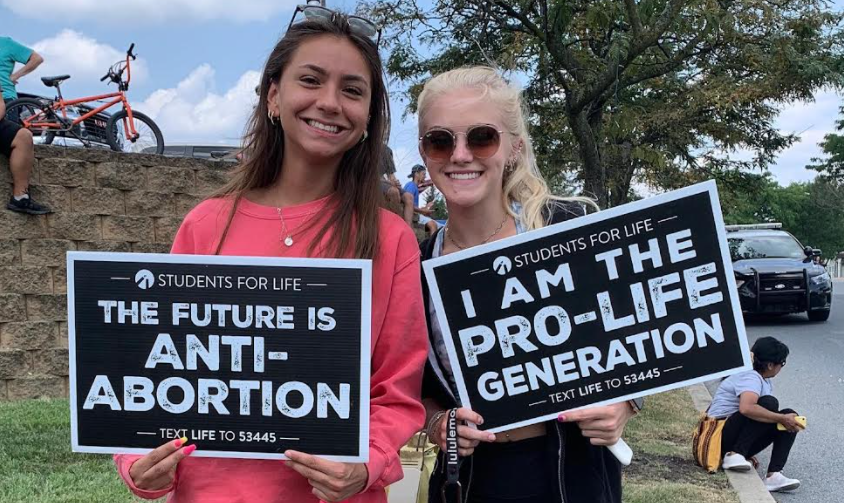During 2020, many pro-lifers were concerned that the COVID-19 pandemic would lead to an increase in the abortion rate. Some believed that more women might seek abortions because of financial pressures. Others were concerned that logistical difficulties involved with carrying a pregnancy to term during a pandemic might increase the incidence of abortion.
Meanwhile, there was some anecdotal evidence that more women were seeking abortions. In April of last year, CBS News reported that the “show rate” for women who had made appointments at an Illinois abortion facility increased from 50 percent to 85 percent. In May 2020, ABC News reported that “abortion funds,” which use private donations to subsidize abortions, were seeing an uptick in calls asking for the funds.
Within the past few weeks, public-health departments in five states — Indiana, Iowa, Georgia, Minnesota, and Texas — released abortion data for last year. While these data show no evidence of an abortion surge in 2020, it does appear that the incidence of abortion slightly increased.
Georgia, Minnesota, and Indiana all saw their abortion rates increase somewhere between 1.9 percent and 5 percent from 2019 to 2020. Iowa reported a 13 percent increase in 2020 and a 25 percent increase in 2019. Though noteworthy if true, a 42 percent increase in the number of abortions over a two-year period seems unlikely and should be viewed with some skepticism.
Interestingly, Texas was the only state of the five to report an abortion decrease in 2020. A key factor in this decline most likely was Texas governor Greg Abbot’s March 22 executive order last year postponing medically unnecessary surgeries, including elective abortions. This prevented many abortions from taking place in late March and much of April. If the number of abortions performed in March and April of last year had been similar to those in previous years, Texas, like these other states, would have seen a slight increase in the incidence of abortion in 2020.
Keep up with the latest pro-life news and information on Twitter. Follow @LifeNewsHQ
There are two trends in the data that should interest pro-lifers. The first is that the number of abortions performed on minors continues to decline. The most recent data from the Guttmacher Institute indicate that the abortion rate among girls between the ages of 15 and 17 fell by more than 88 percent between 1985 and 2017. For last year, each of the three states that reported abortion data by age saw a significant reduction in the number of abortions performed on minors. Overall, between 2017 and 2020, the number of abortions performed on minors fell by 10 percent in Indiana, 18 percent in Texas, and 29 percent in Georgia.
The second trend suggested by the data is that the number of chemical abortions continues to increase. In each of the three recent states that reported chemical-abortion data for 2020, the number of chemical abortions has increased by at least 23 percent during the last three years.
Interestingly, in Texas the number of chemical abortions increased by an astounding 70 percent since 2017. This is a cause for concern. Studies show that chemical abortions have a significantly higher complication rate than surgical abortions. Furthermore, as surgical-abortion facilities close down, supporters of legal abortion are promoting telemedicine abortions and other policies that would make it easier for women to obtain dangerous chemical-abortion drugs.
Overall, these figures suggest that even during times of disruption, the number of abortions performed in the United States tends to be fairly stable. Even during the sharp economic downturns in 1982 and 2008, the U.S. abortion rate continued its long-term decline. Even so, the slight uptick in abortions should concern pro-lifers, and these state-level statistics contribute to a growing body of evidence that an increase in chemical abortions is playing a large role in this recent abortion-rate increase. It is imperative that pro-lifers continue educational and legislative efforts to combat this rise in chemical abortions.
LifeNews Note: Michael J. New is a Research Associate at the Busch School of Business at The Catholic University of America and is an associate scholar at the Charlotte Lozier Institute. Follow him on Twitter @Michael_J_New








